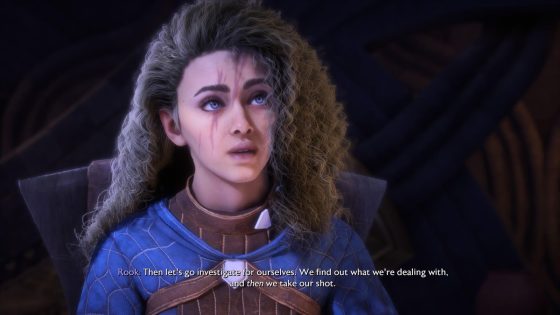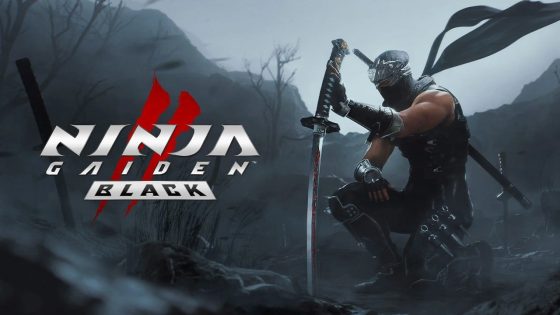Dragon Age: The Veilguard has sparked a heated debate in the gaming community. Released on February 5, 2025, the game failed to meet EA’s expectations, with only half the players they anticipated. Why did this beloved title not resonate with a broader audience?
- Dragon Age: The Veilguard underperformed commercially.
- EA CEO attributes failure to lack multiplayer features.
- Fans disagree with the live service explanation.
- Successful single-player games contradict EA's strategy.
- Live service games face player retention challenges.
- Concerns arise for future Mass Effect title.
Why Did Dragon Age: The Veilguard Fail to Connect with Players?
Many gamers are questioning EA’s reasoning behind the game’s lackluster performance. Could it really be that players wanted a shared-world experience? This notion seems out of touch with what fans of the franchise truly desire.
What Are Shared-World Features and Why Do They Matter?
Shared-world features are multiplayer elements that allow players to interact within a common game space. While some titles thrive on this model, many single-player games have found success without it. Here’s why this distinction is crucial:
- Single-player games offer deep narratives and immersive experiences.
- Players often prefer extensive gameplay over ongoing multiplayer commitments.
- Not all successful games rely on shared-world mechanics.
- Franchise loyalty can be strong; fans may resist drastic changes.
EA’s Misguided Focus on Multiplayer Elements
EA’s insistence on integrating shared-world features into Dragon Age: The Veilguard may have alienated its core audience. Fans have voiced concerns about changes in tone and aesthetics, suggesting that the game strayed too far from its roots. This shift raises the question: Are developers prioritizing Trends over player preferences?
Comparing Dragon Age: The Veilguard to Other Successful Titles
Games like Baldur’s Gate 3 and Elden Ring have thrived without extensive multiplayer features. They focus on rich storytelling and engaging gameplay, proving that single-player experiences can still captivate audiences. Why, then, is EA pushing for a model that doesn’t align with these successes?
The Future of Single-Player Games in a Multiplayer World
The fate of future titles like Mass Effect 5 hangs in the balance. If companies continue to prioritize shared-world elements over single-player narratives, they risk losing dedicated fans. Will the industry shift back to valuing deep, immersive stories, or will it remain fixated on multiplayer trends?

































